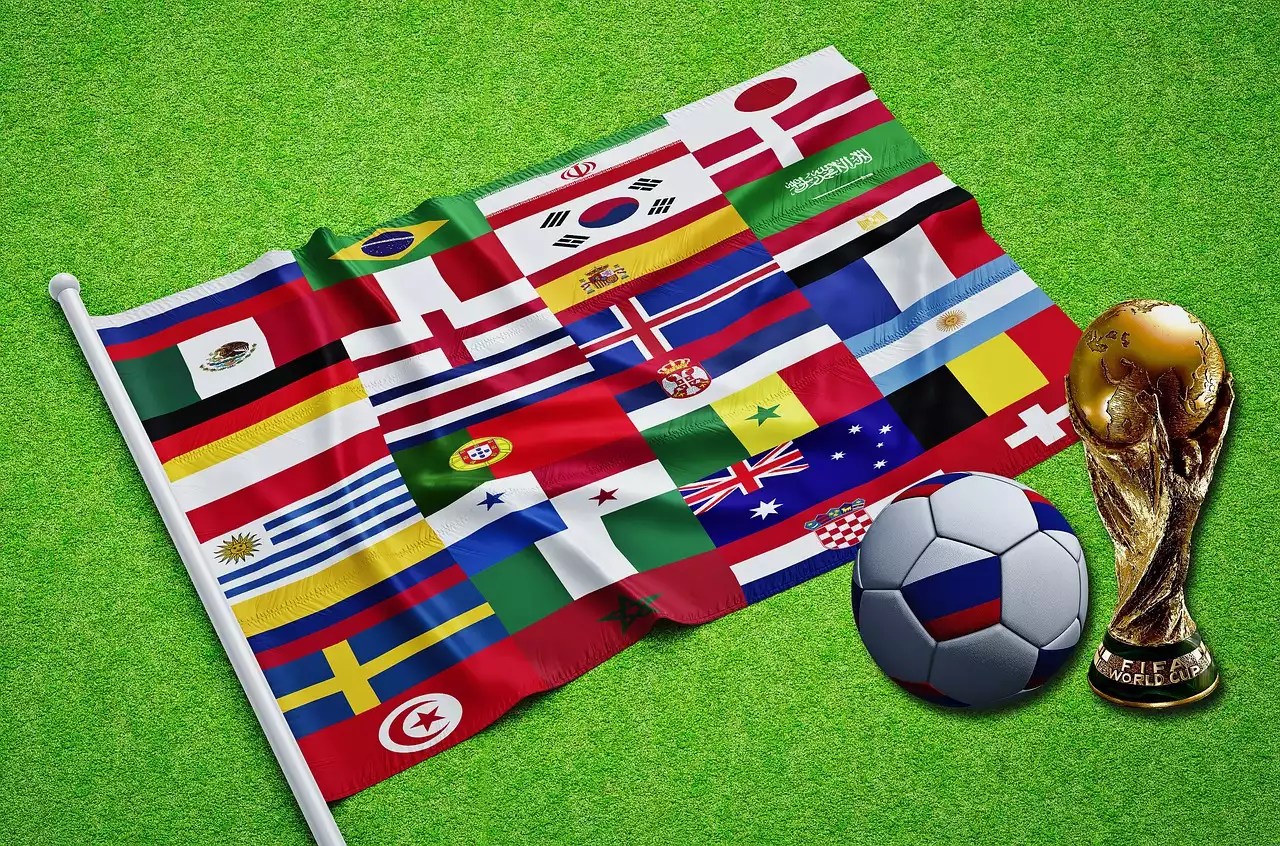World Cup is one of the most watched sporting events in the world. Everyone gets crazy during the month-long tournament, and people from all over the world get together to root for their favorite team. The history of the FIFA World Cup is as interesting as it sounds. FIFA stands for Fédération Internationale de Football Association, which is an association responsible for governing football, also known as ‘soccer’, across the globe. This article discusses everything you need to know about the history of the FIFA World Cup.
1930 – The birth of the FIFA World Cup
It was the year when FIFA was established and the first World Cup was held across 13 countries. FIFA selected Uruguay as the host nation due to their previous experience with hosting sports tournaments. They held the event from July 13 to July 30 and were hosted by the Uruguayan Football Association. There was only one way to qualify for the tournament: the host nation automatically qualified. 13 teams participated in the first FIFA World Cup, and it was a two-legged knockout. The final match was played between Uruguay and Argentina on July 30, 1930, at the Estadio Centenario in Montevideo, with the host team winning 4-2. The first World Cup trophy was awarded to Uruguay’s captain, Luis Alberto de Herrera.
1950-1970- The Golden Era
The first edition of the World Cup was held at a time when the world was recovering from World War II. Twelve years later, the next edition of the World Cup was held in Brazil, a country that had barely recovered from the economic instability post-war. Despite that, the World Cup of Brazil ‘50 was an epoch-making event as it was the first tournament to be hosted outside Europe. Brazil was chosen as the host nation because they were the only South American country that had not hosted the tournament before. The 21st edition of the tournament was the most successful one till then. The total number of spectators for the event was close to 3.2 million. The final match was played between Brazil and Uruguay, with the former emerging as the champions. The tournament also saw the first live coverage of the World Cup. The American broadcaster, ABC, acquired the rights to cover the final match, and their telecast was heard by around 6 million people.
1974 – The “everyone can play” world cup
The 1970s were an era that marked the beginning of a new era in the history of the FIFA World Cup. FIFA was criticized for its bias toward European nations, and it wanted the World Cup to be accessible to other regions of the world. This was evident by the fact that they awarded the 1974 World Cup to West Germany and 1978 to Argentina. Before the 1974 World Cup, FIFA had announced that any team that had not played in the tournament would be given one more chance to do so. They also said that if there were eight more qualified teams, then they would be included in the tournament. In the end, nine more teams applied for World Cup participation. However, FIFA did not want to expand the tournament and left out nine teams. The 1974 World Cup was also the first one hosted by two countries West Germany and Austria. The tournament was played from June 8 to July 7, and the final match was played between West Germany and the Netherlands.
1978 -1982- The host selection process is revamped
The 1978 World Cup was held in Argentina, and it was the first time that the tournament was held outside the European region. The total attendance for the event was 1.59 million. It was the first time that the World Cup was extended to 24 teams, and it also marked the end of a 10-year absence of Brazil in terms of hosting the tournament. The tournament was also the first one to have a red card. The 1982 World Cup was held in Spain and was the first tournament to be hosted in the Southern Hemisphere. It was also the first tournament to use the yellow card, and the first to have a host nation that did not qualify for the tournament. The tournament was also the first one to have goal-line technology, computer assistance for referees, and the use of a challenge system.
1986 – 1994- Diversification in hosting countries
The FIFA World Cup of Mexico ‘86 was the first tournament to feature 32 teams and the first to be hosted outside South America. The tournament was played from June 17 to July 29, and it was the first one to have the coin toss before the beginning of the tournament. The final match was played between Argentina and West Germany, with the former winning the trophy. To this day, the FIFA World Cup of Italy ‘90 is the tournament with the highest average attendance. It was also the first tournament to have goal-line technology, and it was the first time that a host nation was seeded. The final match was played between West Germany and Argentina, with the former winning the World Cup. 1994 marked the first time that the tournament was held in the United States, and it was the first tournament to be hosted by more than one country.

 The World Cup after WW2
The World Cup after WW2 The Origins of the FIFA Organization
The Origins of the FIFA Organization The History of the Jules Rimet Trophy
The History of the Jules Rimet Trophy FIFA and the Sepp Blatter Story
FIFA and the Sepp Blatter Story Famous Past Presidents of FIFA
Famous Past Presidents of FIFA